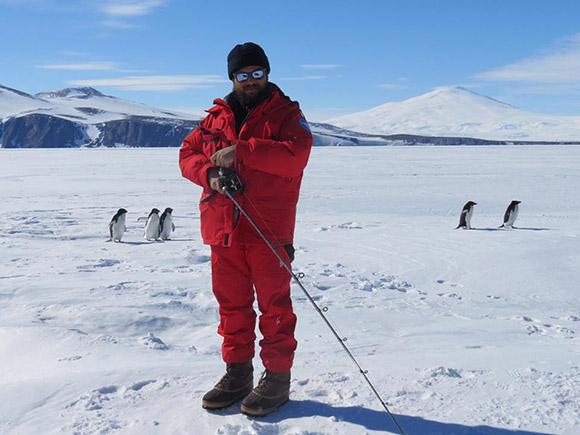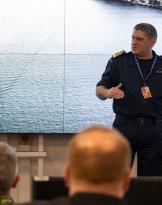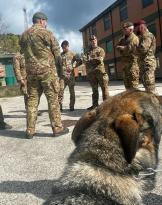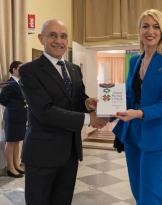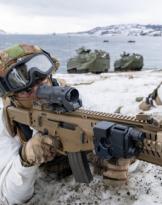"I think the most fascinating thing about my trip was the passage of the Antarctic convergence that marks the border between the polar waters and the rest of the oceans. Here the temperatures become stiff, the increasingly harsh weather conditions and at sea the ice begins to appear. But the absolute most impressive thing was to see the progressive disappearance of the night with the last sunset of the crossing, which lasted half an hour, which created a breathtaking scenery: the moon with the night on the right and the sun and sky on the left . Night and day cut in half on our route ”.
These are the memories that Armando Macali, a marine biologist, has of his experience in Antarctica. Last December, in fact, he took part in the XXXI Italian expedition and on board the Italica, the Navy's icebreaker, reached the Mario Zucchelli station in the Terra Nova Bay to research specific pests associated with marine organisms.
Remember that the researcher shared in a conference held in Rome at the Navy Officers' Club. "A unique and significant experience, both at a professional and human level - said Macali himself -. A journey that in seven days would have taken me from New Zealand to the Terra Nova Bay and instead lasted sixteen days due to the adverse weather and sea conditions encountered along the Antarctic convergence. A passage, that of the Antarctic convergence, which is perceived in a tactile way: temperatures are lowered and the first glaciers appear; progressively there is the disappearance of the nocturnal phase in favor of the diurnal phase, and one realizes that the sun never drops below the horizon. Crossing the ice is the biggest difficulty. Succeeding, reviewing the earth and finding people waiting for you is certainly a great emotion ”.
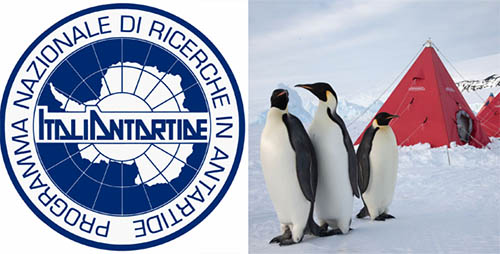 One of the things that definitely characterizes Antarctica is its biodiversity: here life has had to experiment with many solutions. Different, therefore, the sectors and guidelines of the various missions, as well as the choice of personnel and their preparation: to analyze these aspects, in conference, the prof. Paolo Nicolai, ENEA researcher, and prof. Alberto Della Rovere, head of the Italian expedition to Antarctica. Both have retraced the history of Italy at the South Pole, a story that began in the 1985 with the PNRA - National Research Program in Antarctica. Today, the PNRA has a summer coastal station, dedicated to Mario Zucchelli, for 16 years responsible for implementing the program, and for a plateau permanent within the Antarctic continent.
One of the things that definitely characterizes Antarctica is its biodiversity: here life has had to experiment with many solutions. Different, therefore, the sectors and guidelines of the various missions, as well as the choice of personnel and their preparation: to analyze these aspects, in conference, the prof. Paolo Nicolai, ENEA researcher, and prof. Alberto Della Rovere, head of the Italian expedition to Antarctica. Both have retraced the history of Italy at the South Pole, a story that began in the 1985 with the PNRA - National Research Program in Antarctica. Today, the PNRA has a summer coastal station, dedicated to Mario Zucchelli, for 16 years responsible for implementing the program, and for a plateau permanent within the Antarctic continent.
Several logistical, support, organization and research contributions offered over the years by the Armed Forces. To tell his experience in Antarctica also the naval captain of the Navy Paolo Dei who said: "sailors have always distinguished themselves in expeditions. Our Armed Forces as well as offering logistical and operational support to missions, plays a fundamental role through the acquisition of hydrographic data for the production of nautical cartography. Italy, in fact, within the International Hydrographic Organization, based in Montecarlo, has as its task the production of cartography of a portion of the South Pole, where we have the Italian base, valid throughout the world".

